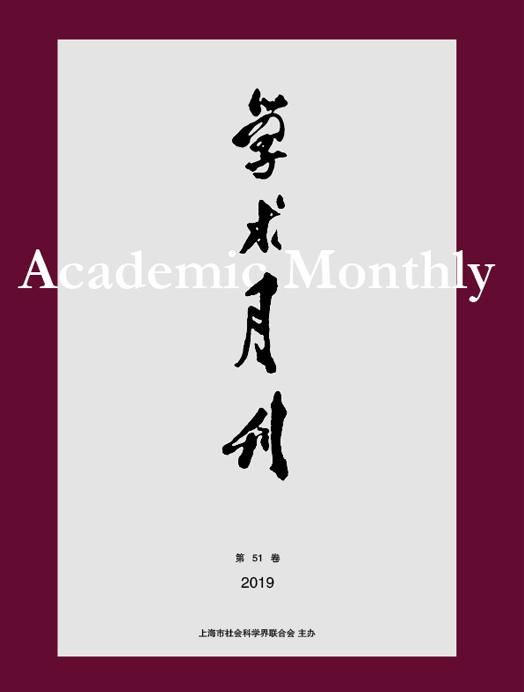-
[1]
Jing GE
, Ruiming LIU
. China’s Economic Growth, Fluctuation and Regional Disparities. Academic Monthly,
2022, 54(2): 63-78.
-
[2]
Zhiqing DONG
, Hui WANG
. Urbanization, Economic Agglomeration and Heterogeneity of Regional Economic Growth. Academic Monthly,
2019, 51(10): 54-66.
-
[3]
Dapeng ZHOU
. Entrepreneurship and Schumpeterian Growth and Transformation of China’s Economy. Academic Monthly,
2020, 52(7): 57-68.
-
[4]
Wei WANG
, Yufei LIU
, Qing SHI
. Population Aging、Urbanization and China’s Economic Growth. Academic Monthly,
2022, 54(1): 68-82.
-
[5]
Biliang LUO
. Growth, Transformation and Ecological Development. Academic Monthly,
2021, 53(5): 54-64.
-
[6]
Wei MAO
. Economic Performance of Institutional Change. Academic Monthly,
2020, 52(5): 62-71.
-
[7]
Jian WEI
. Large-scale Reallocation of Factors and the Lubrication of Public Ownership. Academic Monthly,
2020, 52(4): 45-54.
-
[8]
CHEN Shiyi
. Economic Growth and Environmental Justice —— Evidence from China's Economic Zone Program. Academic Monthly,
2023, 55(7): 31-45.
-
[9]
Xudong CHEN
, Lin CHENG
. Inheritance and Innovation of Traditional Chinese Economic Thought and the Construction of Chinese Economics in New Era. Academic Monthly,
2023, 55(1): 56-68.
-
[10]
ZHANG Xinyu
. Policy Dividends, Geographical Endowments and Regional Disparity of Economic Growth —— Evidence from Development Strategy of Yangtze River Economic Belt. Academic Monthly,
2023, 55(7): 46-60.
-
[11]
Yanjing ZHAO
. Modern Growth and Credit Money. Academic Monthly,
2020, 52(8): 83-98.
-
[12]
. The Internal Logic of “Sharing Economy” and Public Policy. Academic Monthly,
2018, 50(04): 86-97.
-
[13]
. . Academic Monthly,
2016, 48(11): 128-139.
-
[14]
Hutao YANG
. Construction of the New Development Paradigm and Development of Digital Economy: Internal Logic and Policy Focus. Academic Monthly,
2021, 53(12): 60-73.
-
[15]
Jing JIANG
, Bingyao ZHANG
. Deconstruction and Transformation: An Analysis of China’s Industrial Policy in Political Economy Perspective. Academic Monthly,
2022, 54(12): 59-70.
-
[16]
Guoqiang TIAN
. Policy Coordination and Reform Response for China’s High-quality Economic Development. Academic Monthly,
2019, 51(5): 32-38.
-
[17]
Hutao YANG
. High Quality Economic Activities: Mechanism, Specificity and Policy Choice. Academic Monthly,
2020, 52(4): 35-44.
-
[18]
Fuqiang ZHU
. How to Beware and Deal with Economic Crisis: Two Examinations of the Austrian School’s Policy. Academic Monthly,
2020, 52(1): 52-61.
-
[19]
Xiaoxin LIU
, Junmin LIU
. The Operation Mode, Essence and Policy Implication of Fictitious Economy. Academic Monthly,
2020, 52(12): 42-56.
-
[20]
ZHAO Yanjing
. . Academic Monthly,
2018, 50(9): 56-73.




 沪公网安备 31010102003103号
沪公网安备 31010102003103号 DownLoad:
DownLoad:

